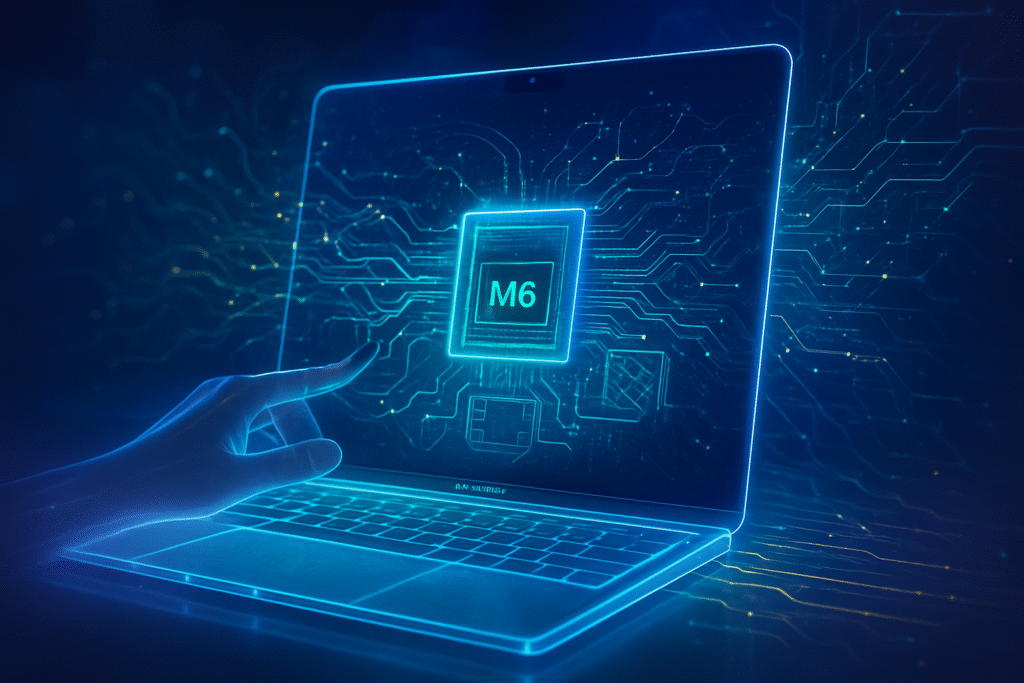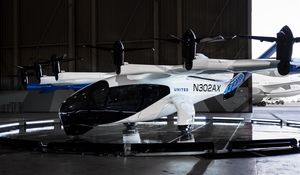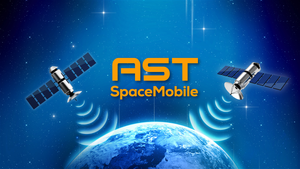
Apple (NASDAQ: AAPL) is reportedly gearing up for a monumental shift in its product strategy, with rumors pointing to a high-end MacBook Pro featuring a touch-enabled OLED display and a sleek hole-punch camera cutout. Expected to launch in late 2026 or early 2027, this development marks a significant departure from Apple's long-standing philosophy of keeping macOS and iOS experiences distinct. Beyond the immediate user experience enhancements, this strategic pivot carries profound implications for the AI chip market, demanding unprecedented on-device AI processing capabilities from Apple's custom silicon to power a new era of interactive and intelligent computing.
This move is not merely an aesthetic or ergonomic upgrade; it represents Apple's definitive entry into the "AI PC" race, where on-device artificial intelligence is paramount for seamless user interaction, enhanced security, and optimized performance. The integration of a touch interface on a Mac, combined with advanced display technology, will necessitate a substantial leap in the power and efficiency of the Neural Engine within Apple's upcoming M6 chips, setting a new benchmark for what users can expect from their high-performance laptops.
Technical Evolution: A Deeper Dive into Apple's Next-Gen MacBook Pro
The rumored MacBook Pro redesign is poised to introduce a suite of cutting-edge technologies that will redefine the laptop experience. Central to this overhaul is the adoption of OLED displays, replacing the current mini-LED technology. These "tandem OLED" panels, likely mirroring the advancements seen in the 2024 iPad Pro, promise superior contrast ratios with true blacks, more vibrant colors, potentially higher brightness levels, and improved power efficiency – crucial for extending battery life in a touch-enabled device.
The most significant technical departure is the touch screen integration. Historically, Apple co-founder Steve Jobs expressed strong reservations about vertical touchscreens on laptops. However, evolving user expectations, particularly from younger generations accustomed to touch interfaces, have evidently prompted this strategic reconsideration. The touch functionality will complement the existing trackpad and keyboard, offering an additional input method. To mitigate common issues like display wobbling, Apple is reportedly developing "reinforced hinge and screen hardware," alongside utilizing "on-cell touch technology" for a responsive and integrated touch experience. Furthermore, the controversial notch, introduced in 2021, is expected to be replaced by a more streamlined hole-punch camera cutout. Speculation suggests this hole-punch could evolve to incorporate features akin to the iPhone's Dynamic Island, dynamically displaying alerts or background activities, thereby offering a more immersive display and reclaiming valuable menu bar space.
Beyond the display, the new MacBook Pros are rumored to undergo their first major chassis redesign since 2021, featuring a thinner and lighter build. At the heart of these machines will be Apple's M6 family of chips. These chips are anticipated to be among the first from Apple to leverage TSMC's cutting-edge 2nm manufacturing process, promising substantial advancements in raw speed, computational power, and energy efficiency. This follows the recent release of the M5 chip in October 2025, which already boosted AI performance with a "Neural Accelerator in each GPU core." The M6 is expected to further enhance these dedicated AI components, which are vital for offloading complex machine learning tasks. Initial reactions from the tech community are a mix of excitement for the potential of a touch-enabled Mac and cautious optimism regarding Apple's implementation, given its previous stance.
Reshaping the AI Chip Landscape and Competitive Dynamics
Apple's (NASDAQ: AAPL) foray into a touch-enabled MacBook Pro with advanced display technology carries profound implications for the AI chip market and the competitive landscape. The enhanced interactivity of a touchscreen, especially if coupled with a Dynamic Island-like functionality, will necessitate a dramatic increase in on-device AI processing capabilities. This directly translates to an even more powerful and efficient Neural Engine (NPU) within the M6 chip. These dedicated AI components are critical for processing advanced touch and gesture inputs, enabling intelligent handwriting recognition, real-time object manipulation, and more intuitive creative tools directly on the screen, all without relying on cloud processing.
This strategic move positions Apple to intensify its competition with other major players in the "AI PC" space. Companies like Intel (NASDAQ: INTC), AMD (NASDAQ: AMD), and Qualcomm (NASDAQ: QCOM) are already heavily investing in integrating dedicated NPUs and AI-centric features into their latest processors. Apple's M6 chips, built on a 2nm process and featuring significantly upgraded Neural Engines, will set a formidable benchmark for on-device AI performance, potentially disrupting existing product lines and forcing competitors to accelerate their own AI hardware roadmaps. The ability to run larger and more complex AI models locally on the device, with superior power efficiency, will give Apple a significant strategic advantage in the burgeoning market for AI-powered productivity and creative applications.
Furthermore, this development could spur innovation among AI software developers and startups. A touch-enabled Mac with robust on-device AI capabilities opens up new avenues for applications that leverage intelligent gesture recognition, real-time machine learning inference, and personalized user experiences. Companies specializing in AI-driven design tools, educational software, and accessibility features stand to benefit, as the new MacBook Pro provides a powerful and intuitive platform for their innovations. The enhanced security features, potentially including AI-enhanced facial recognition and real-time threat detection, will also solidify Apple's market positioning as a leader in secure and intelligent computing.
Wider Significance: Blurring Lines and Pushing Boundaries
This strategic evolution of the MacBook Pro fits squarely within the broader AI landscape, signaling a clear trend towards ubiquitous on-device AI. As users demand more immediate, private, and personalized experiences, the reliance on cloud-based AI is increasingly being supplemented by powerful local processing. Apple's move validates this shift, demonstrating a commitment to bringing sophisticated AI capabilities directly to the user's fingertips, literally. The integration of touch on a Mac, long resisted, indicates Apple's recognition that the lines between traditional computing and mobile interaction are blurring, driven by the intuitive nature of AI-powered interfaces.
The impacts of this development are far-reaching. For users, it promises a more fluid and intuitive interaction with their professional tools, potentially unlocking new levels of creativity and productivity through direct manipulation and intelligent assistance. For developers, it opens up a new frontier for creating AI-powered applications that leverage the unique combination of touch input, powerful M6 silicon, and the macOS ecosystem. However, potential concerns include the anticipated higher pricing due to advanced components like OLED panels and touch integration, as well as the challenge of maintaining Apple's renowned battery life with these more demanding features. AI will play a critical role in dynamic power allocation and system optimization to address these challenges.
Comparing this to previous AI milestones, Apple's integration of the Neural Engine in its A-series and M-series chips has consistently pushed the boundaries of on-device AI, enabling features like Face ID, computational photography, and real-time voice processing. This new MacBook Pro, with its touch interface and advanced AI capabilities, could be seen as a similar landmark, comparable to the original iPhone's impact on mobile computing, by fundamentally altering how users interact with their personal computers and how AI is woven into the fabric of the operating system. It represents a maturation of the "AI PC" concept, moving beyond mere buzzwords to tangible, user-facing innovation.
The Horizon: Future Developments and Expert Predictions
Looking ahead, the introduction of a touch-enabled MacBook Pro with enhanced AI capabilities is merely the first step in a longer evolutionary journey for Apple's computing lineup. Near-term developments will likely focus on refining the software experience to fully leverage the touch interface and the advanced Neural Engine. We can expect significant updates to macOS that integrate touch-optimized gestures, new multi-touch applications, and deeper AI-powered functionalities across native apps. The "hole-punch" display could evolve further, potentially integrating Face ID for enhanced security and more sophisticated augmented reality applications directly on the laptop screen.
In the long term, the potential applications and use cases are vast. We could see advanced gesture control that goes beyond simple taps and swipes, enabling more nuanced interactions for creative professionals. AI-powered real-time translation, intelligent content creation tools, and hyper-personalized user interfaces that adapt to individual work styles are all on the horizon. The M6 chip's 2nm process and powerful NPU will be foundational for running increasingly complex large language models (LLMs) and diffusion models locally, enabling offline AI capabilities that are both fast and private. Challenges will undoubtedly include optimizing power efficiency for sustained performance with the OLED touch screen and continuously addressing software integration to ensure a seamless and intuitive user experience that avoids fragmentation between touch and non-touch Macs.
Experts predict that this move will solidify Apple's position as a leader in integrated hardware and AI. Analysts foresee a future where the distinction between Mac and iPad continues to blur, potentially leading to more convertible or modular designs that offer the best of both worlds. The success of this new MacBook Pro will largely depend on Apple's ability to deliver a cohesive software experience that justifies the touch interface and fully harnesses the power of its custom AI silicon. What to watch for in the coming weeks and months, leading up to the expected late 2026/early 2027 launch, will be further leaks and official announcements detailing the specific AI features and software optimizations that will accompany this groundbreaking hardware.
Comprehensive Wrap-up: A Defining Moment for the AI PC
Apple's (NASDAQ: AAPL) rumored high-end MacBook Pro with a touch screen and hole-punch display represents a defining moment in the evolution of personal computing and the burgeoning "AI PC" era. The key takeaways are clear: Apple is making a significant strategic pivot towards integrating touch into its Mac lineup, driven by evolving user expectations and the imperative to deliver advanced on-device AI capabilities. This shift will be powered by the next-generation M6 chips, leveraging a 2nm manufacturing process and a substantially enhanced Neural Engine, designed to handle complex AI tasks for intuitive user interaction, advanced security, and optimized performance.
This development's significance in AI history cannot be overstated. It marks a decisive move by one of the world's most influential technology companies to fully embrace the potential of integrated hardware and AI at the core of its professional computing platform. The long-term impact will likely reshape user expectations for laptops, intensify competition in the AI chip market, and catalyze innovation in AI-powered software. It underscores a future where personal computers are not just tools, but intelligent companions capable of anticipating needs and enhancing human creativity.
As we look towards late 2026 and early 2027, the tech world will be closely watching how Apple executes this vision. The success of this new MacBook Pro will hinge on its ability to deliver a truly seamless and intuitive experience that leverages the power of its custom AI silicon while maintaining the Mac's core identity. This is more than just a new laptop; it's a statement about the future of computing, where touch and AI are no longer optional but fundamental to the user experience.
This content is intended for informational purposes only and represents analysis of current AI developments.
TokenRing AI delivers enterprise-grade solutions for multi-agent AI workflow orchestration, AI-powered development tools, and seamless remote collaboration platforms.
For more information, visit https://www.tokenring.ai/.





